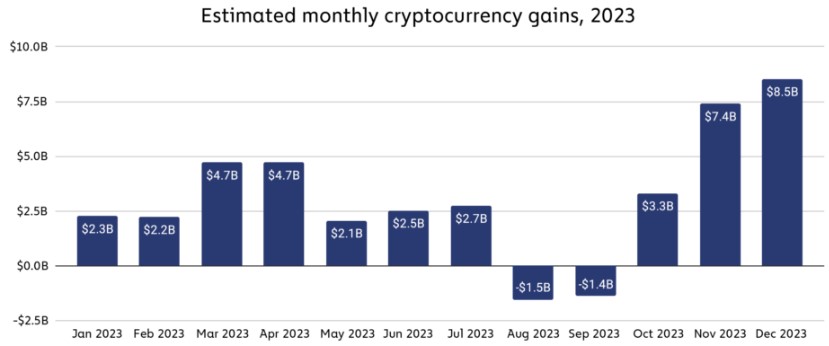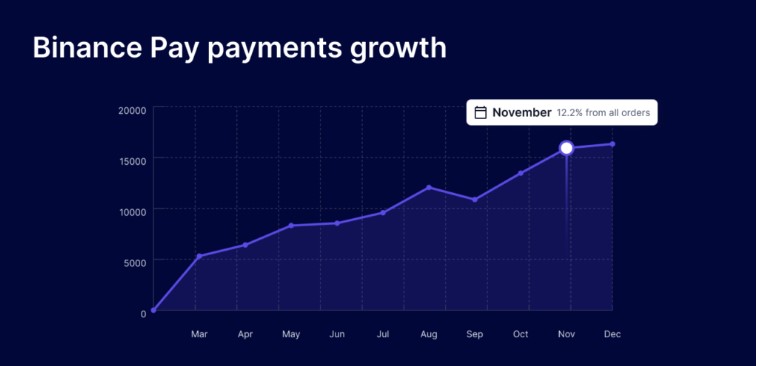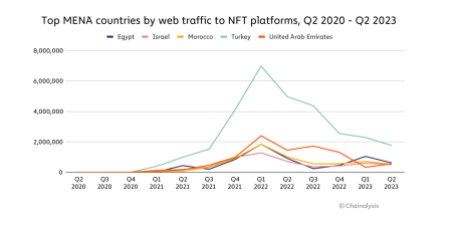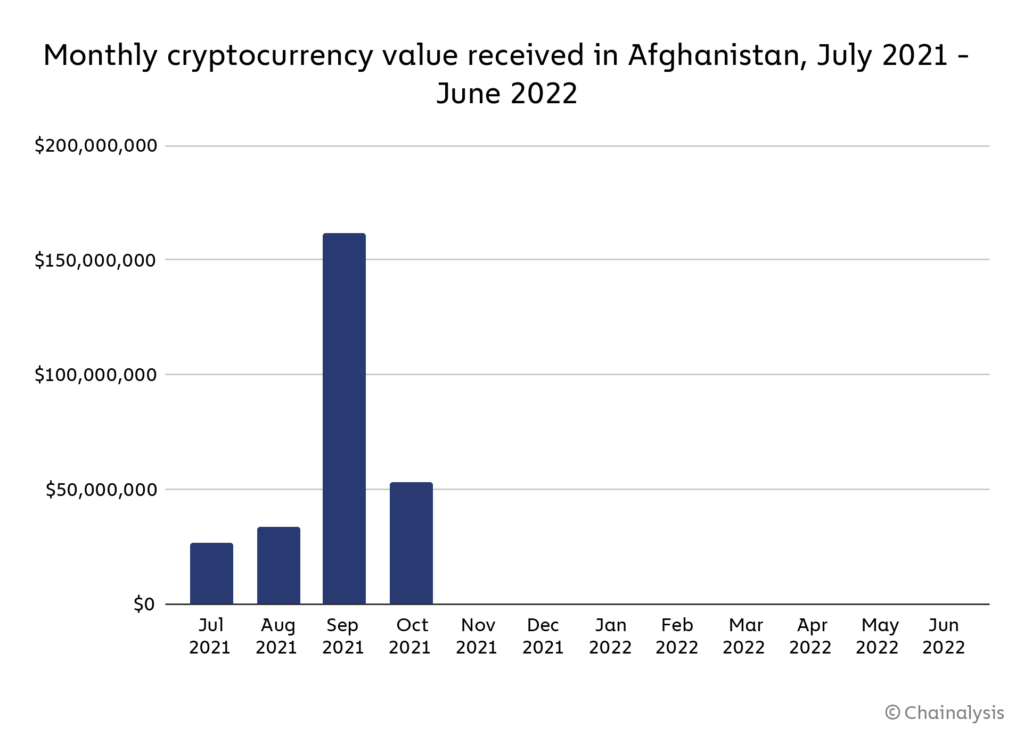Crypto investment products are now going through rough times, as shown by inflow and outflow data. The crypto market is known for its volatile market cycles of ups and downs. Investment products are now struggling, and confidence in the space seems shaken. Crypto funds have now seen outflows for three straight weeks, with investors pulling $435 million from digital asset funds last week, according to CoinShares data. The recent stretch of outflows highlights the souring investor sentiment around some digital assets after a bull run earlier this year.
The Third Consecutive Week Of Crypto Withdrawals
CoinShares’ recent weekly report on digital asset fund flows has revealed the current sentiment among institutional investors. According to the report, investment funds witnessed $435 million in outflows last week to mark the biggest outflow since March. This comes on top of the $206 million and $126 million pulled out in the previous two weeks. Unsurprisingly, the majority of outflows came from Bitcoin funds. Of the total $435 million outflows, $423 million came from Bitcoin funds. Notably, a bulk of Bitcoin’s outflows ($328 million) came from Spot Bitcoin exchange-traded funds (ETFs) in the US.
A look into previous crypto fund flow data since the beginning of the year shows that the majority of the inflows recorded in January, February, and March can be attributed to the Spot Bitcoin ETFs. These ETFs recorded so much inflow of funds that investment products were able to record their best year on record in less than three months.
However, inflows into these ETFs have declined in the past few weeks, and the largest digital asset is now failing to attract inflows amidst interest rate stagnation in the US market. Grayscale’s GBTC, in particular, continued its run of withdrawals, recording $440 million in outflows. At the same time, the other ETFs failed to attract inflows during the week in order to offset these withdrawals. BlackRock’s IBIT, for instance, failed to register inflows for three days straight last week, bringing its 71-day run of inflows to an end.
Ethereum, the altcoin king, also witnessed $38.4 million in outflows last week to offset inflows into other altcoins. Inflow data shows investors pouring $6.9 million worth of inflows into multi-coin investment products. Solana, Litecoin, XRP, Cardano, and Polkadot witnessed $4.1 million, $3.1 million, $0.4 million, $0.4 million, and $0.5 million in inflows, respectively. Short Bitcoin products also witnessed $1.3 million in inflows, showcasing a glimpse into investors’ sentiment.
What’s Next?
Investor sentiment can shift quickly in the fast-moving crypto space and the coming weeks may provide more clarity on the direction of crypto fund flows. Six Spot Bitcoin and Ether exchange-traded funds (ETFs) are set to launch in Hong Kong today April 30. Their entry into the Asian market has been long anticipated and is expected to surpass the first-day inflow record set by their counterparts in the US.

 (@el_crypto_prof)
(@el_crypto_prof) 














